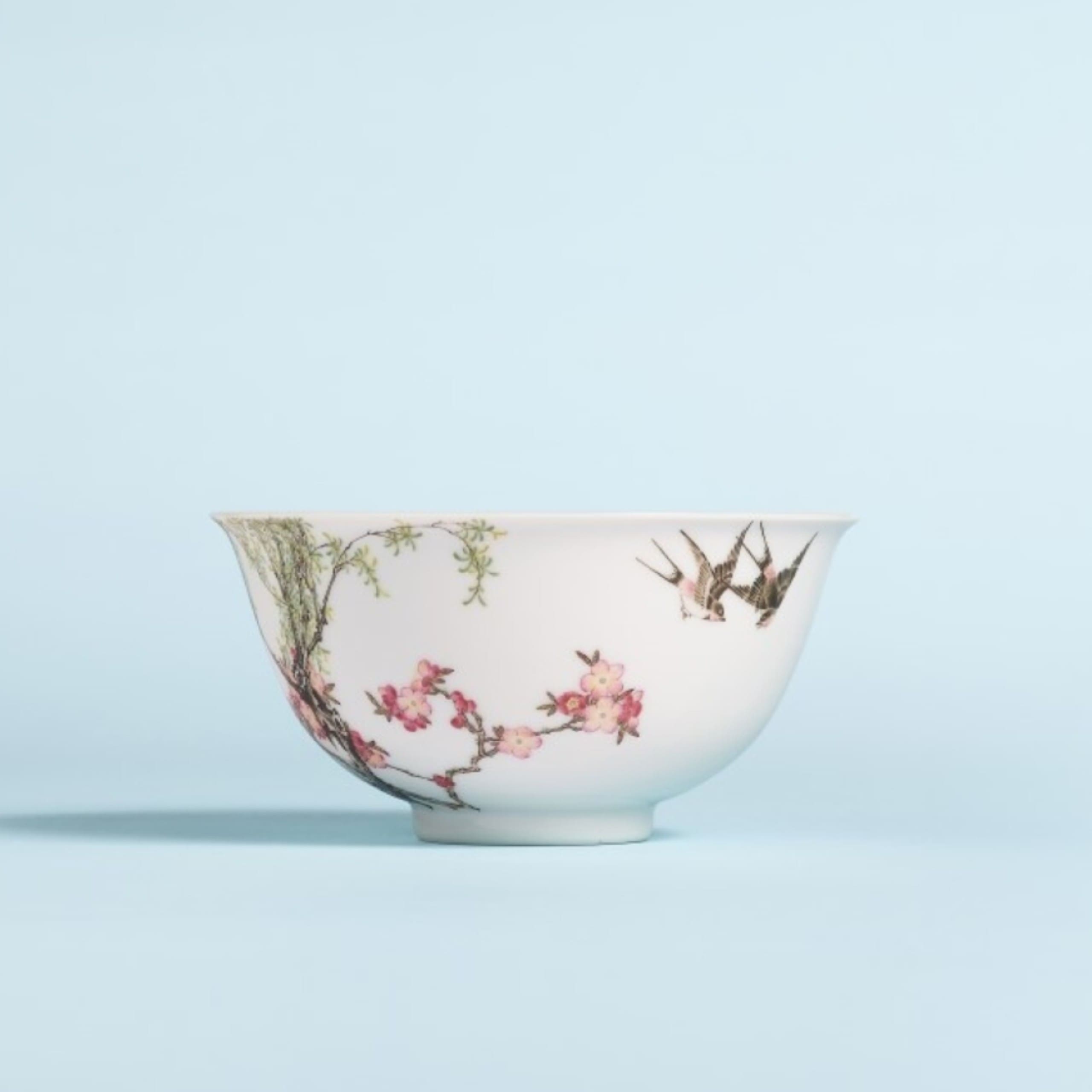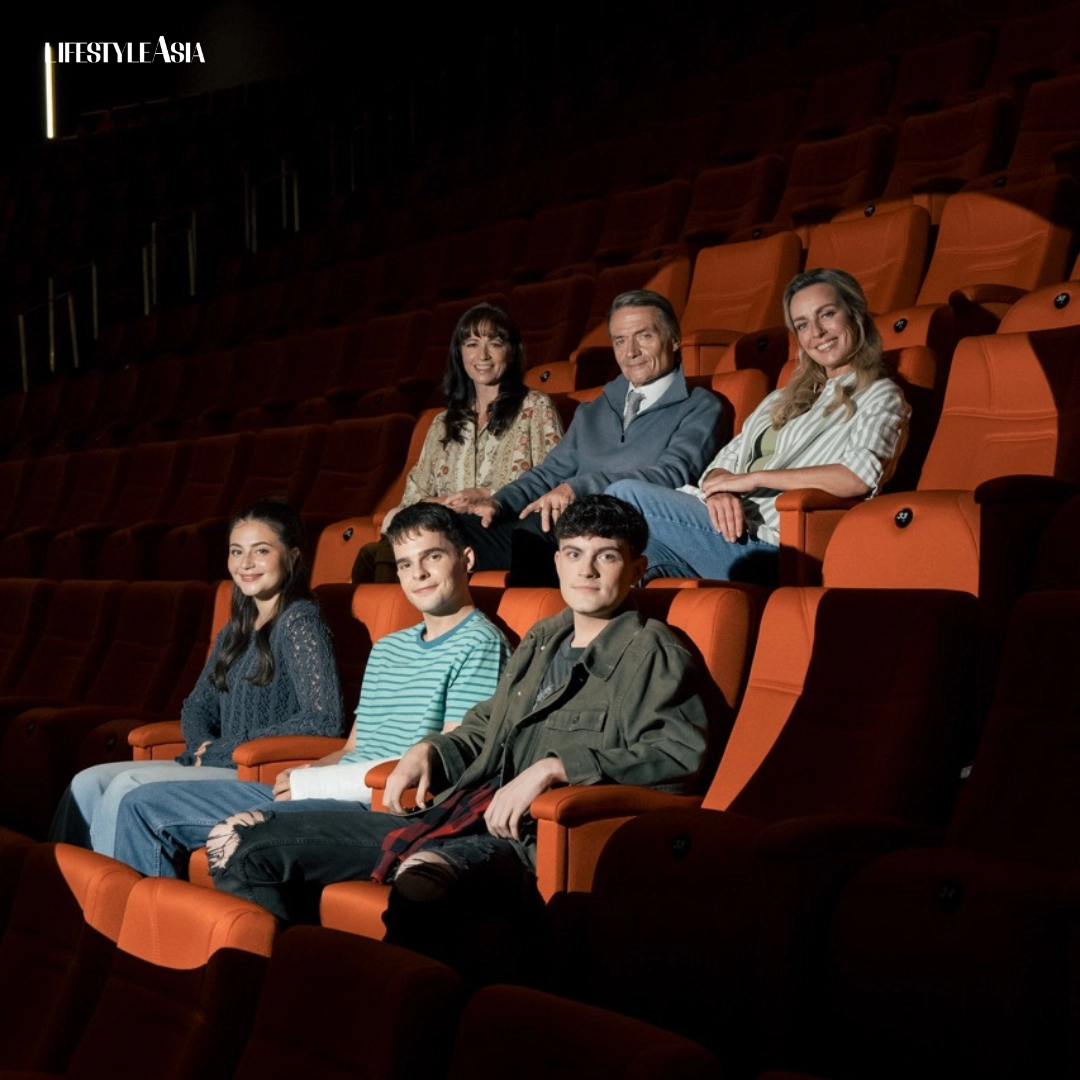The bowl, painted with swallows and blooms, was sold at an auction held by Sotheby’s in Hong Kong.
Sotheby’s calls the antique piece a “highly important and superbly enameled” porcelain bowl. The design is characteristic of the Yongzheng reign.
During this period, imperial painters were recruited to do the enameling on porcelain. Pieces like this bowl were painted with refined nature motifs, wrapping around it like how they would in handscrolls.
READ ALSO: Royal Velvet: Princess Diana’s Iconic Gown Sells For Over $600,000
This particular bowl measures just under 4.5 inches in diameter and was part of the falangcai or foreign colors tradition. This refers to porcelain originating from the kilns of Jingdezhen City but were enameled by the imperial painters in the Forbidden City in Beijing.

Bird and flower motifs were favored topics for falangcai porcelains. The two swallows portrayed on the $25 million bowl offer a universal message of the coming spring.
“The arrival of swallows in spring – unlike that of other migratory birds – tends not to pass unnoticed due to these birds’ noisy, seemingly joyful shrieks and chatter in the air, their swift flight, and their distinctive silhouette against the sky,” writes ceramics expert Regina Krahl in Sotheby’s website.

The willow tree is also in the early stages of spring, with some of its leaves still a pale yellow, not yet in its full greenery. The blooming branches can be identified as apricot, with their blossoms having round petals.
Written on the bowl is an excerpt from a poem, thought to have been commissioned by the Wanli Emperor. The original poem was written on a fan, also decorated with swallows and apricot blossoms.

According to Krahl, the bowl is part of a small group of porcelains that “represents the peak of painting on porcelain, an artistry that was never surpassed.”
The bowl was also once a part of a pair, with its counterpart now in the Sir Percival David Collection in the British Museum. They were split up in 1929, selling for £150 at the time (around £7,600 or $9,400 today).
The present piece was passed down through several owners, including socialite and philanthropist Barbara Hutton.
Banner image via Sotheby’s website.





